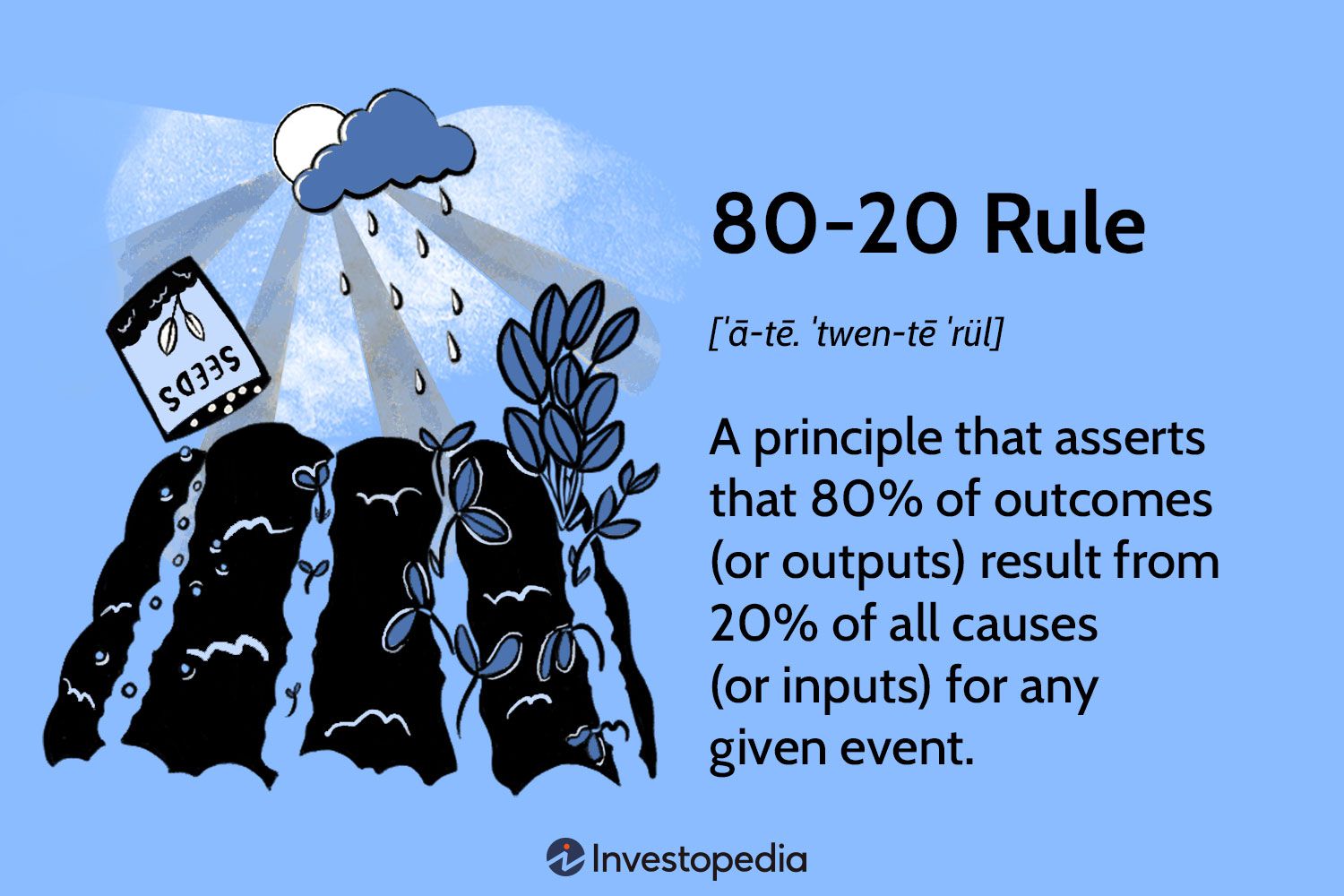Applying the 80/20 principle in business focuses on optimizing the most productive inputs. It suggests that 80% of results typically come from 20% of the efforts.
The 80/20 principle, also known as the Pareto Principle, is a timeless strategy that can transform your business operations. By identifying the top 20% of your customers, products, or services that contribute to 80% of your profits, you can streamline your focus and resources for maximum efficiency and effectiveness.
Embracing this concept involves continuous analysis and realignment of your efforts, ensuring that you prioritize activities that offer the most substantial returns. This approach not only enhances productivity but also significantly improves decision-making and strategic planning. Targeted marketing, refined product lines, and personalized customer service often stem from this principle, leading to increased satisfaction and loyalty among your key clientele. Implementing the 80/20 rule can lead to robust business growth and a strong competitive advantage in your industry.

Credit: gillianperkins.com
The 80/20 Principle Decoded
The 80/20 principle, often known as the Pareto Principle, is a powerful business strategy. It suggests 20% of efforts yield 80% of results. This rule helps businesses identify key success factors. Recognizing that a small proportion of actions can lead to significant impacts encourages companies to focus on the most effective strategies.
Vilfredo Pareto, an Italian economist, uncovered this troubling pattern in 1896. He observed that 80% of Italy’s wealth was owned by just 20% of the population. This imbalance wasn’t unique to Italy; it appeared worldwide. As the principle transitioned into business, it illuminated areas like customer sales, where typically, a small chunk of clients contribute to the lion’s share of revenue.
Segmenting Your Business By The Numbers
Identifying the top 20% of customers is vital for business growth. Scrutinize your sales data to pinpoint these key clients. They typically contribute a majority of revenue. Focus should shift to understanding their needs. Analysis tools are your friends here.
Transition attention to your most profitable products as well. They’re usually fewer in number but boast high demand. Track your inventory to unveil these top performers. Listen to market trends, but trust your data most. Strategize your marketing around these findings. Remember, data-driven decisions are paramount for success.
- Analyze sales figures – Reveal which customers purchase the most.
- Study buying patterns – Determine why they select certain products.
- Adjust your inventory – Stock more of what sells best.
- Market smartly – Allocate resources to products with high returns.
Strategic Application In Operations
Streamlining productivity lies at the core of the 80 20 principle. By identifying the 20% of tasks that result in 80% of returns, businesses can focus on activities that maximize efficiency. This approach often leads to significant time savings and a boost in overall operations.
Efficient resource allocation is also critical for leveraging the 80 20 rule. Companies succeed by investing more in the most productive assets. This could mean allocating more budget to high-performing products or focusing on the most lucrative market segments.
| 80 20 Allocation Task | Benefit |
|---|---|
| Focus on top-performing products | Increases sales and profit margins |
| Invest in best customer segments | Boosts customer loyalty and value |
| Concentrate on key business processes | Enhances operational efficiency |

Credit: www.amazon.com
Sales And Marketing Insights
Understanding your customer base is vital for any successful strategy. Focus on your top 20% of clients. These clients usually contribute to 80% of your profits.
Invest in analytics tools to identify these high-value leads. Tailor your approaches to better meet their needs. This ensures a higher conversion rate and elevates sales figures.
Also, measure the effectiveness of your campaigns. Track each campaign’s performance diligently. Use the findings to maximize your Return On Investment (ROI). Keep improving your methods for the best outcomes.
Challenges And Considerations
Acknowledging the hurdles and planning ahead is crucial in employing the 80 20 principle effectively. Common pitfalls often stem from misidentifying key factors. Leaders should focus on what yields the most significant results. Complex processes may require simplification, ensuring that 20% of efforts continue to generate 80% of outcomes.
Businesses must remain agile, embracing new trends and customer feedback. Sustaining growth demands regular analysis and adaptation. This often involves reallocating resources to emerging productive areas, fostering an environment of continuous improvement. Maintaining versatility is key, as overcommitment to one method might limit potential expansion.

Credit: www.amazon.com
Case Studies And Success Stories
Business transformations shine a spotlight on the effectiveness of the 80 20 Principle. Witnessing a significant boost in productivity and profitability, many organizations embody this principle. From small firms to large corporations, streamlining operations by focusing on the most lucrative 20% has led to remarkable success stories.
Entities observe a paradigm shift. By identifying key profit drivers and allocating resources accordingly, they maximize output. This strategic move leads to sustained growth and competitive advantage. Real-world examples include technology giants and retail chains that have refocused their offerings, excelling in the market substantially.
Conclusion
Embracing the 80/20 principle can transform your business operations. By focusing on the most effective efforts, you increase productivity and profit. Remember, it’s about identifying value and optimizing resources. Start applying this rule to streamline success. Let Pareto’s insight propel you towards greater achievements.











